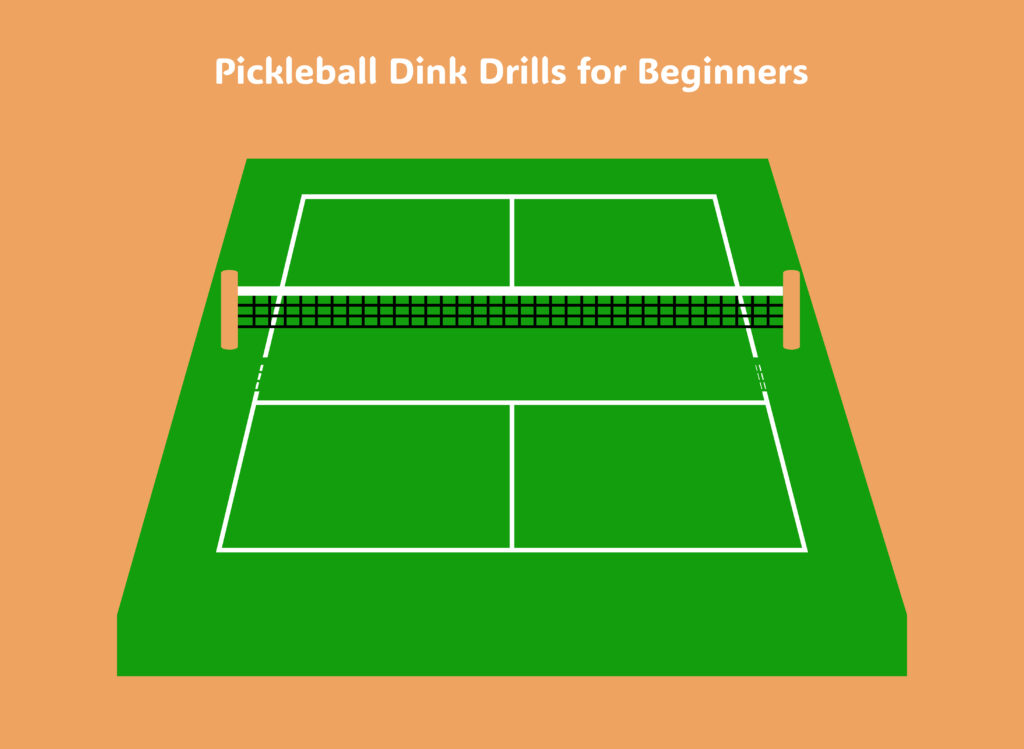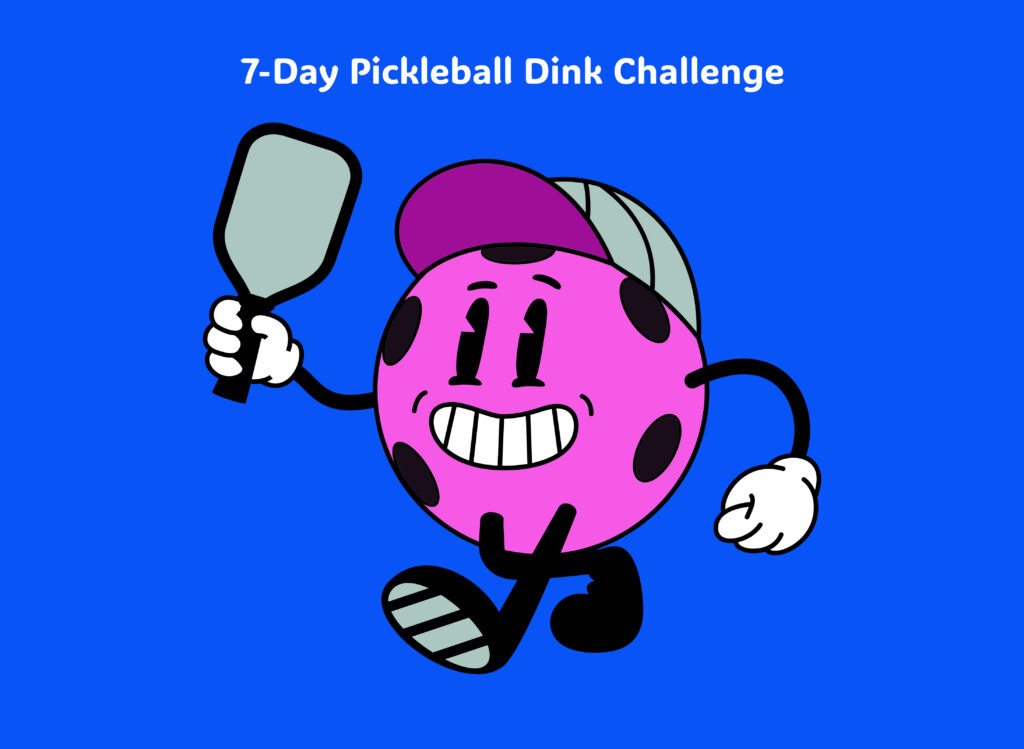- Perfect Your Serve in Pickleball
- 1. Master a Repeatable Toss and Motion
- 2. Prioritise Depth Over Power
- 3. Mix Up Your Placement to Keep Opponents Guessing
- 4. Add Spin for Control and Deception
- 5. Use Your Serve to Set Up Your Next Shot
- Final Thoughts: Serve Smart, Serve Sharp, Serve with Confidence
Perfect Your Serve in Pickleball
The serve in pickleball often gets overlooked. Unlike in tennis, it’s not meant to blast your opponent off the court. But don’t be fooled it’s still one of the most crucial shots in the game. In UK pickleball clubs, a good serve can set the tone for the rally, give you a strategic edge, and even win you cheap points if your opponent’s return game isn’t up to scratch.
A well-executed serve is not about getting the ball over the net but placement, consistency, variation, and confidence. Whether you’re playing social doubles in Surrey or grinding it out in a league match in Leeds, a reliable serve is your ticket to starting strong. So let’s dig into five key ways to make your serve legal and lethal at the same time.
1. Master a Repeatable Toss and Motion
Consistency starts with routine. Your serve needs to become second nature—the same motion, every single time. Most faults at the beginner and intermediate levels happen because players vary their toss, hesitate mid-swing, or try to force spin or speed before they’ve nailed the basics.
The key is to find a comfortable, controlled motion. Whether you’re using a traditional underhand serve or experimenting with a drop serve (now legal in the UK), start by keeping your feet grounded, your paddle relaxed, and your motion smooth. Let the ball drop from a consistent height. Swing through gently, aiming for a clean contact near the centre of the paddle.
Practise serving to each side of the court and make sure the ball consistently lands deep into your opponent’s return zone. Your first goal isn’t to ace them—it’s to start the point with control and confidence. A tight, repeatable serve gives you that.
🔥 Key takeaway: A perfect serve starts with perfect rhythm. Find your flow and stick to it.
2. Prioritise Depth Over Power
In the UK, where many indoor courts have fast floors and short back walls, players often default to soft serves just to stay safe. But if your serve lands too short, you’re giving your opponent a free pass to step in and control the point. Instead, aim for depth—serves that land within a foot or two of the baseline.
A deep serve keeps your opponent pinned back. It reduces their angles and makes aggressive returns more difficult. Even if you’re not generating a ton of pace, depth alone can be enough to throw off their timing. Use your legs and core to generate smooth, steady power, and focus on placement over velocity.
For intermediate players, this also means targeting weaker return sides—usually the backhand. On outdoor courts in the UK where wind may be a factor, a deep serve with slight arc and margin is often safer and more effective than a flat rocket.
🔥 Key takeaway: A deep, consistent serve puts you in control—power is nice, but depth wins the rally.
3. Mix Up Your Placement to Keep Opponents Guessing
Once you’ve mastered consistency and depth, the next step is variation. Even a strong serve can become predictable if you always send it to the same spot. At intermediate and advanced levels across UK clubs, savvy returners start to read patterns and attack weak returns. Your job? Keep them guessing.
Alternate between serving down the T, into the body, and wide to the sideline. If you notice your opponent has a weaker backhand, go after it. If they struggle with movement, hit their feet or force them to stretch. The goal isn’t just to get the ball in—it’s to make them uncomfortable right from the start.
In doubles, mixing up serve location also disrupts your opponents’ communication. One misstep and you’ve opened up the court. In singles, moving your serve around forces your opponent to adjust constantly, which leads to unforced errors or poor returns you can capitalise on.
🔥 Key takeaway: Don’t just serve the ball—serve with a plan. Move it around and test your opponent’s limits.
4. Add Spin for Control and Deception
Once your serve is reliable and varied, it’s time to add some flair. Spin adds an extra layer of control, bounce, and deception. While you can’t use a full topspin motion like in tennis, you can absolutely add sidespin or slice to your serve in pickleball. And in the UK, where floors can be slippery and returns are rushed, spin can be your secret weapon.
To add slice, come slightly around the outside of the ball with your paddle face angled. The ball will stay low and skid. For sidespin, adjust your contact point slightly and swing from an angle. These aren’t flashy serves—they’re subtle and smart. They force returners to adjust their paddle and footwork, increasing the chance of an error.
But here’s the trick: spin mustn’t come at the cost of consistency. Work spin into your practice sessions gradually. Try serving five regular, five with slice, five wide with spin. You’ll find which variations feel natural—and which get the best results.
🔥 Key takeaway: Spin gives your serve texture—use it to stay unpredictable and precise.
5. Use Your Serve to Set Up Your Next Shot
At higher levels of UK pickleball, serving isn’t just about starting the rally—it’s about setting up your second shot. Think of your serve as the first move in a chess game. Where you place it determines how and where you’ll move next. If you’re planning a third shot drop, consider serving deep to push your opponent back. If you prefer a drive, maybe serve wide to open up the middle.
The smartest players tailor their serve to their strategy. They’re not just hitting it and hoping—they’re thinking two steps ahead. This applies in doubles as well. If your partner poaches frequently, a body serve may keep the return predictable. If your team is planning a shake-and-bake, a fast, low serve sets the tone.
Practise pairing serves with different third shot responses: drop after a deep serve, drive after a short return, lob if your opponent is hugging the net. You’ll start seeing the serve not as a solo act, but as part of a bigger strategy.
🔥 Key takeaway: The serve isn’t the end of the plan—it’s the start of your offensive setup.
Final Thoughts: Serve Smart, Serve Sharp, Serve with Confidence
No matter your skill level, the serve is your first opportunity to take control. It doesn’t have to be flashy—but it must be reliable, thoughtful, and intentional. Whether you’re playing a quick social set in Nottingham or a sanctioned tournament in Glasgow, these five serving principles will help you level up fast.
Key Takeaways:
✔ Build a smooth, repeatable motion that you can trust under pressure.
✔ Prioritise depth and consistency over brute strength.
✔ Move your serve around the box—variation is key.
✔ Add spin for subtle disruption and control.
✔ Think beyond the serve—use it to set up your game plan.
👀 Enjoyed this read? Fancy levelling up your game even more? Keep reading Dink Quest for the best pickleball tips, drills, and news in the UK!
🎯 Check out these popular posts next:
📬 Subscribe to the Dink Quest newsletter to Stay in the Loop and be the first to get new blog posts, UK pickleball news, tips, player spotlights and exclusive offers
👉 Click here to subscribe now
Get discounts and exclusive offers for Paddles, clothing and accessories from our shop
We’ve got plenty more where that came from! Whether you’re working on your third shot drop, curious about dinking strategies, or just figuring out how to hold your paddle without it flying across the court we’ve got you covered.
👉 Keep reading, keep learning, and keep dinking smart. Let’s grow the game together, one dink at a time. 💚
See you on the court!
The Dinkquest Team UK 🏓



